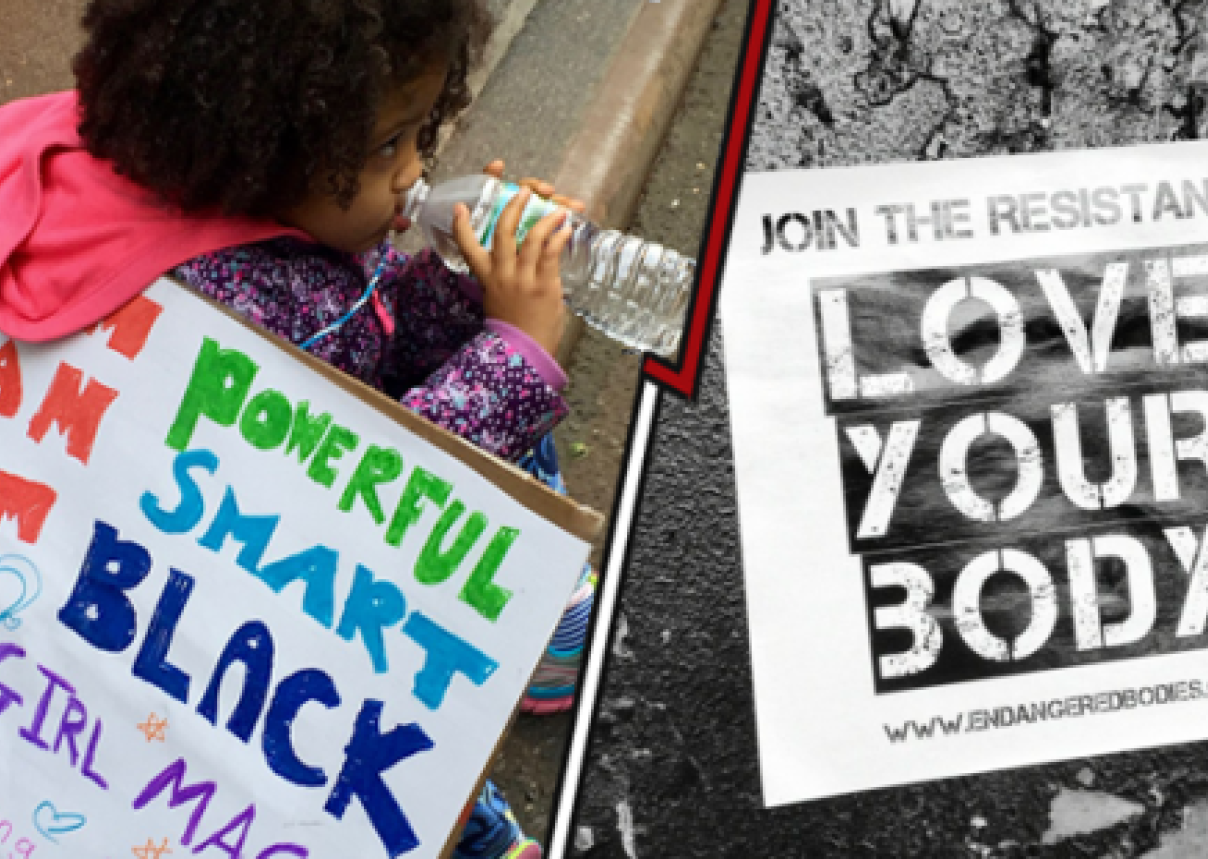
I remember flipping through magazines as a teenager and wondering why none of the girls looked like me. In the makeup and hair sections, none of the advice applied to me because I did not fit the categories of slender, fair, blonde, brunette, redhead etc. Instead, I had (and still have) black skin, a booty, and coarse, ethnic, African hair – not ideal for silky high ponies or chic messy buns. So, what did I do to look like the girls in the magazine? I chemically straightened my hair, tried skin lightening creams, wore contact lenses, dieted, and did everything I could to look like the “ideal" girl. But no matter how hard I tried, I would never look like the girls in the magazine.
Looking back now I realise how important representation is. If I had seen (positive) images of different black and brown girls like me represented in magazines and media in general, I probably would have had a better sense of self-love growing up. Fortunately, with the introduction of social network sites (SNS) we no longer have to rely solely on commercial media as our source of information. In this column I am going to explore how women in the global South are reclaiming social media to promote body-positivity. I am aware that SNS also have an ugly side to them in terms of using filters, photoshop and other tools to create unrealistic images. However, for the purpose of this discussion, I have chosen to focus on social media accounts that show positive, realistic images of varied black and brown women.
Continue reading at GenderIT.org.